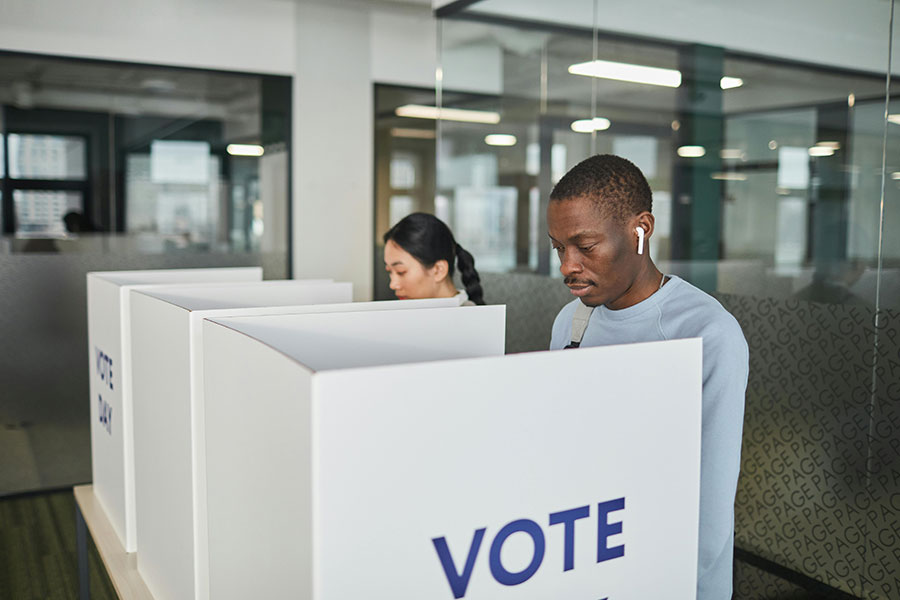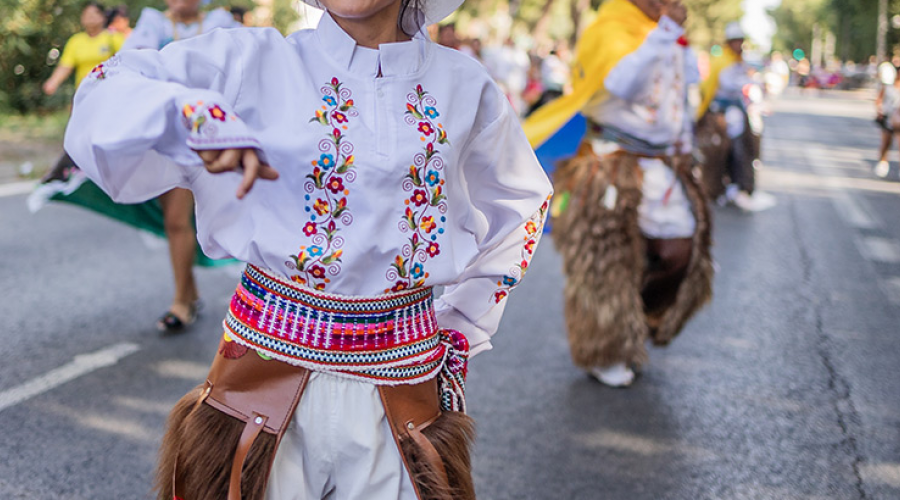The presidential election, as well as many other federal, state, and local elections, will be held on Tuesday, November 5. Early voting and mail-in voting is an option in many states (see here for a breakdown of which ones); in New York, early voting lasts from October 26 — November 3, with in-person voting primarily taking place on Election Day proper. Check resources such as Ballotpedia to see sample ballots and breakdowns of the candidates and their parties in each race in local, state, and federal jurisdictions.

Check out our previous articles on Election Day for more information on the election process, how often elections take place for each position, and the legality of non-citizens voting in local elections in select jurisdictions. Be advised that, despite widespread misinformation to the contrary, non-citizens, including permanent residents without citizenship, are not permitted to vote in federal elections in the United States.
In 1845, Congress passed a federal law designating Election Day as the Tuesday after the first Monday in November, a date originally standardized for the convenience of the average nineteenth-century voter; November wouldn’t interfere with the fall harvest but would make it more likely that voters wouldn’t have to travel through snow and other harsh winter weather, and Tuesday allowed for them to attend church on Sunday, travel if necessary Monday, vote on Tuesday, and sell crops back home on Wednesday, which was a common market day at the time.







